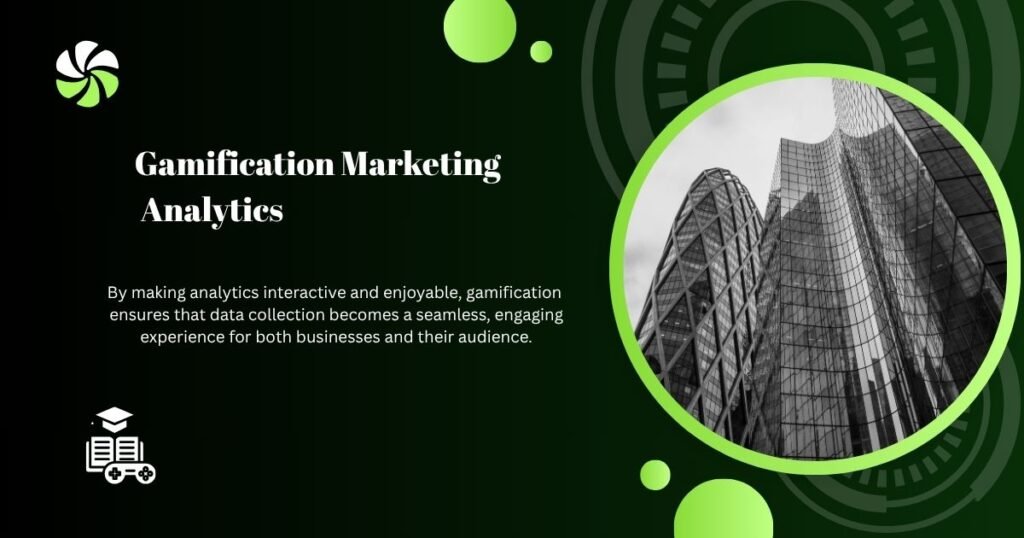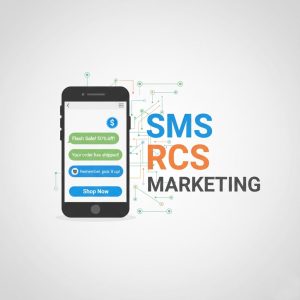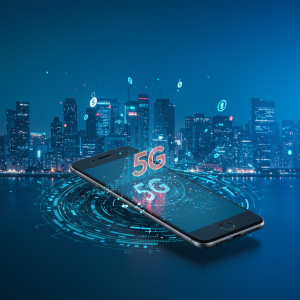Unlocking the Power of Gamification in Marketing Analytics

Marketing analytics is the engine that drives successful campaigns, offering businesses the insights they need to refine strategies, target audiences, and ultimately boost conversions. But a critical question remains: how do you get real-time, high-quality engagement with your audience while gathering the data you need? Enter gamification. By integrating game-like elements into your marketing analytics processes, you can engage your audience on a deeper level and gather valuable insights in a way that’s both effective and fun.
This blog post will explore how gamification can transform marketing analytics, practical ways to implement it, and success stories from businesses that have harnessed its potential.
What is Gamification in Marketing Analytics?
Gamification refers to the use of game-like elements, such as points, rewards, leaderboards, and challenges, to enhance user engagement and participation. When applied to marketing analytics, gamification allows brands to create interactive experiences that encourage users to share data, participate in surveys, or engage with their campaigns in ways that are measurable and trackable.
For example:
- A retail brand might use a points system that rewards customers for completing surveys or reviewing products.
- A SaaS company could gamify its demo process, encouraging users to reach milestones as they explore features.
- Brands can use interactive quizzes that not only entertain users but also gather data on preferences, behaviors, and opinions.
By making analytics interactive and enjoyable, gamification ensures that data collection becomes a seamless, engaging experience for both businesses and their audience.
Why Gamification Matters in Data-Driven Marketing
Increasing Audience Engagement
When marketing campaigns incorporate gamified elements, they become more interactive and exciting. Studies show that gamified experiences can boost user engagement by up to 47%. Engaging experiences not only attract more participants but also keep them interacting with your offering for longer, which provides you with richer data streams to analyze.
Improved Data Quality
Traditional surveys and data-gathering methods often result in incomplete or inaccurate insights because users lose interest or rush through them. Gamification encourages participation through incentives and a sense of achievement. The added motivation ensures that users provide more thoughtful and complete responses, which leads to higher-quality data.
Enhanced Brand Loyalty
Gamified analytics transform data gathering into a memorable brand interaction. Customers are more likely to view your brand favorably when they’ve had a positive experience, encouraging long-term loyalty. For instance, a simple, fun quiz aligning customer preferences with your product offerings not only gathers data but also leaves a positive impression.
Better Conversion Rates
The interactivity of gamified marketing campaigns often leads directly to conversions. Whether it’s an e-commerce platform offering discounts for completing an activity or a service persuading users to sign up for a free trial via a gamified learning experience, gamification can guide users down the marketing funnel with less resistance.
How to Incorporate Gamification into Marketing Analytics
Design an Engaging Framework
To be successful, gamification must be designed with your audience and objectives in mind. Consider these key game elements:
- Goals: Define what you want to achieve (e.g., collecting more customer data, increasing engagement, or driving sales).
- Rewards: Offer tangible or intangible rewards such as discounts, freebies, or recognition.
- Challenges: Present challenges or tasks that align with your marketing goals. These could include quizzes, trivia games, or surveys.
- Progress Tracking: Show participants how far they’ve come through progress bars, levels, or milestones.
Use Interactive Quizzes and Surveys
Quizzes and surveys are excellent gamification tools for gathering customer insights. For example:
- A skincare brand could create a quiz asking users about their skin type and concerns, offering product recommendations based on their answers. This entertains the user while collecting valuable data on preferences.
- Trivia or knowledge-based challenges related to your niche can not only engage users but also educate them about your product or services.
Leverage Reward Systems
Introduce incentivized activities to encourage participation. For example:
- Give points for completing activities, such as signing up for newsletters, referring friends, or sharing feedback.
- Offer discounts or free products when users reach milestones. Starbucks, for instance, uses its rewards system to gamify customer purchases, generating loyalty while tracking consumer behavior.
Implement Leaderboards and Badges
People love recognition, and gamification taps into this psychology beautifully. Leaderboards and badges can encourage users to engage further, stimulating competition and continuing interaction:
- Highlight top performers who share your campaigns or complete specific tasks.
- Award digital badges for milestones like spreading the word about a new product or participating in a feedback session.
Incorporate Augmented Reality (AR)
Innovative tools like AR can add unique gamified experiences to your campaigns. For example, a fashion retailer could use AR to allow customers to “try on” different outfits virtually. Not only is this an engaging way to promote products, but it’s also a fantastic tool for gathering specific consumer preference data.
Real-Life Success Stories
Duolingo
Duolingo is one of the most successful examples of gamification. The language-learning app uses streaks, points, levels, and daily challenges to keep users returning consistently. This gamification strategy fuels engagement while collecting rich user data that informs future app updates.
Starbucks Rewards Program
Starbucks gamifies its loyalty program to encourage purchases and interaction with its app. Customers earn stars for purchases, can level up to unlock gold status, and use their points to redeem rewards. The app also collects user data, such as purchase habits and preferences, which Starbucks uses to personalize offers and campaigns.
Nike Run Club
Nike Run Club gamifies fitness by tracking user progress, offering challenges, and providing rewards for reaching milestones. This generates valuable consumer data while building loyalty and promoting Nike’s products.
Challenges of Gamified Marketing Analytics
While gamification is a powerful tool, it requires careful implementation. Overusing gimmicks can result in disengagement, and overly complicated systems can frustrate users. Furthermore, collecting and managing the data responsibly, especially in light of increasing data regulations, should be a top priority for companies utilizing gamification.
Next Steps to Level Up Your Marketing Analytics
Gamification offers a revolutionary way to enhance your marketing analytics by engaging customers while collecting valuable data. By thoughtfully integrating gamified strategies into your campaigns, your business can deliver memorable experiences that build loyalty, improve data quality, and turn insights into actions.
Start exploring the world of gamification today and discover how it can elevate your marketing strategies. Want to learn more? Explore our step-by-step guide or contact our experts to design a gamification strategy tailored to your business.





